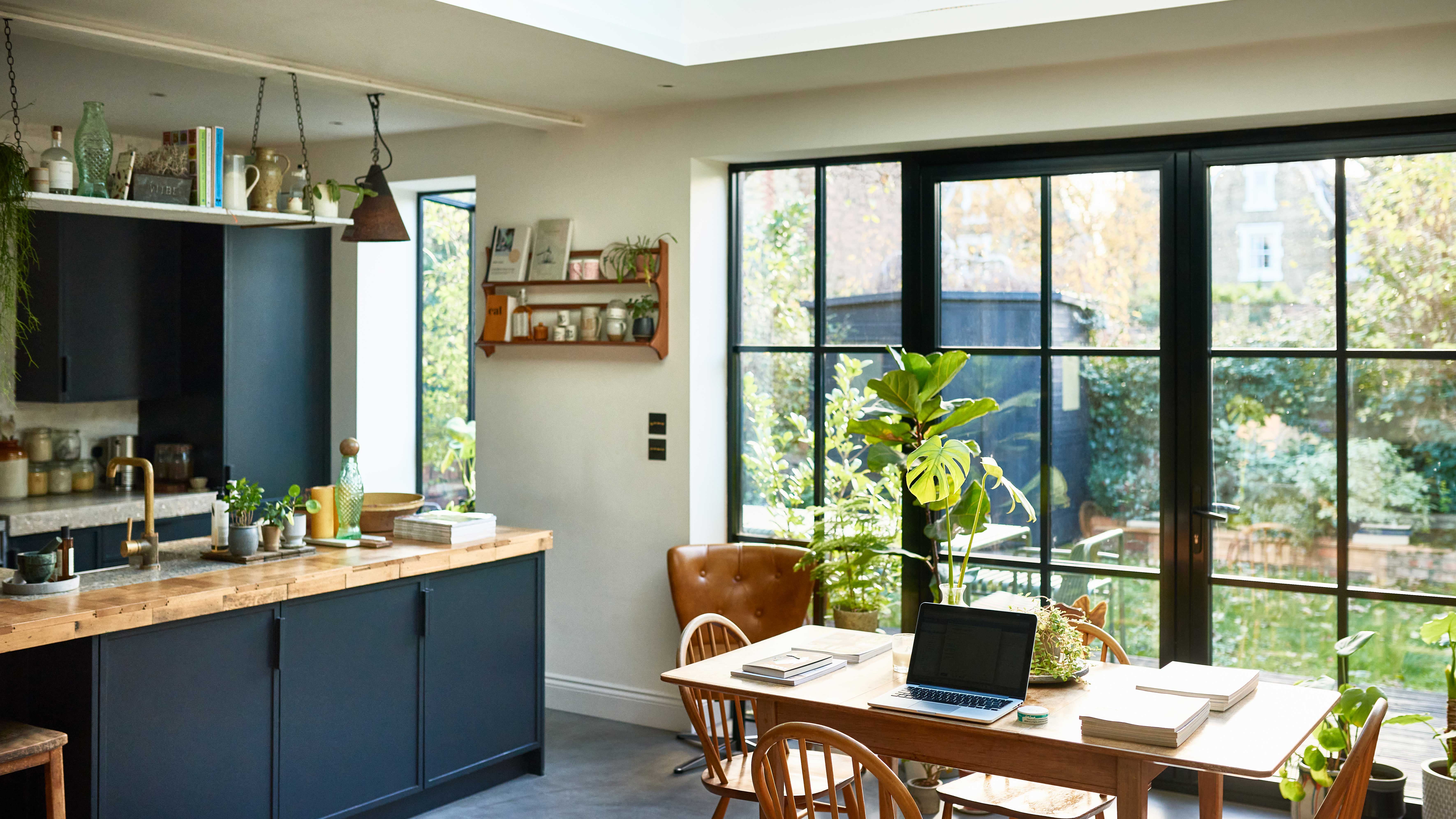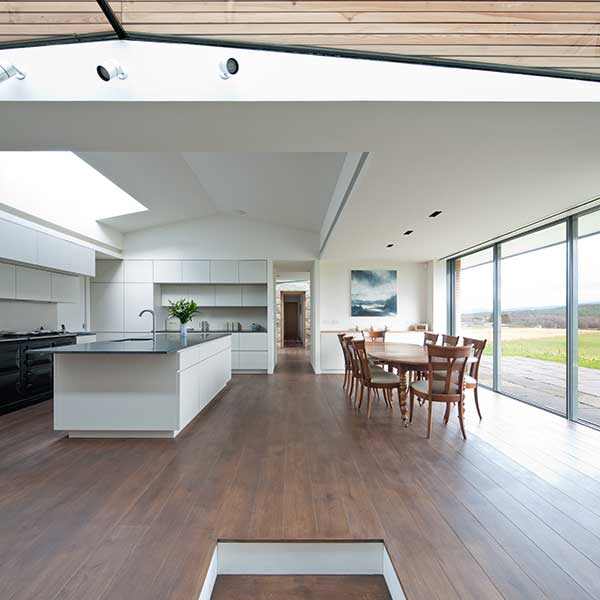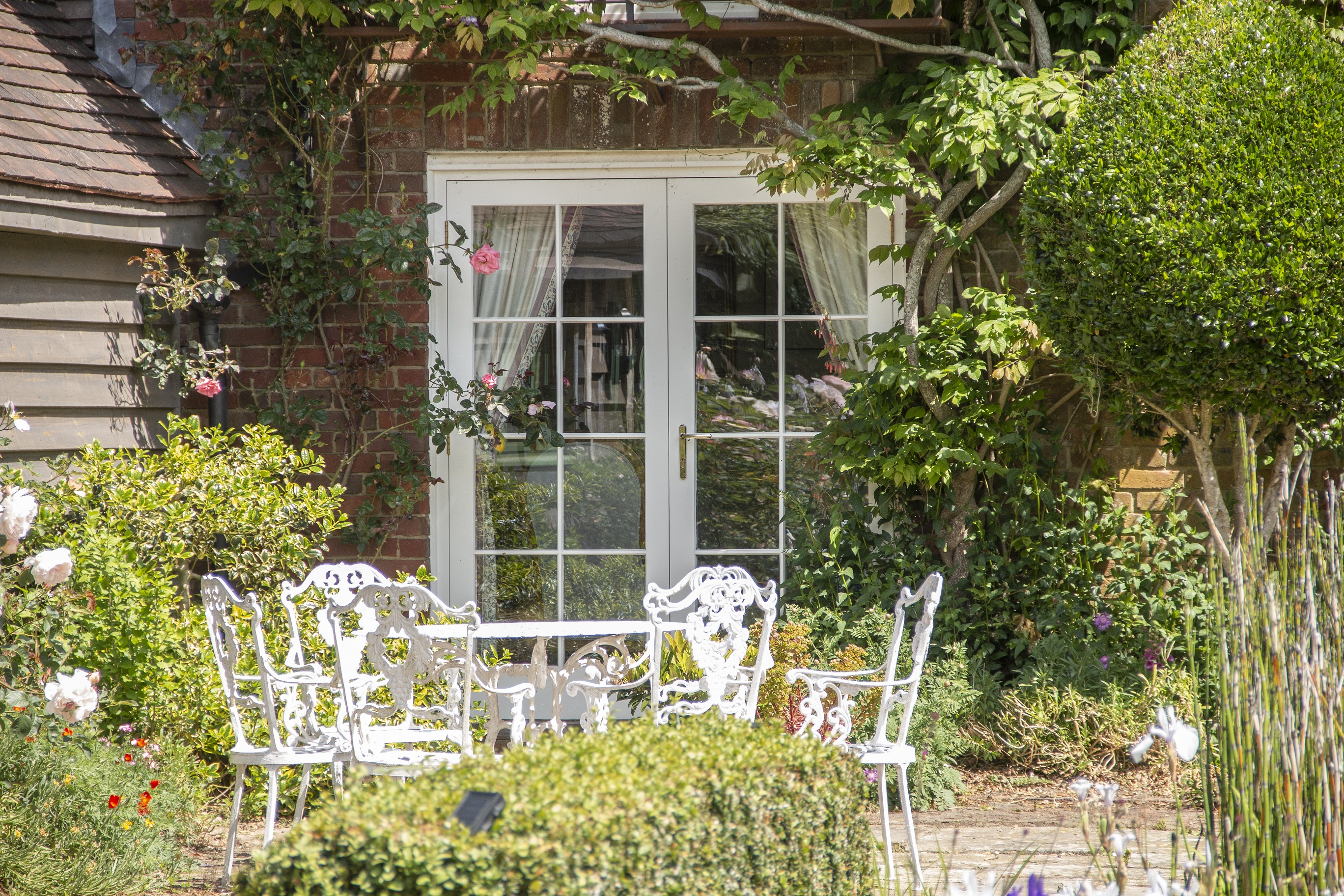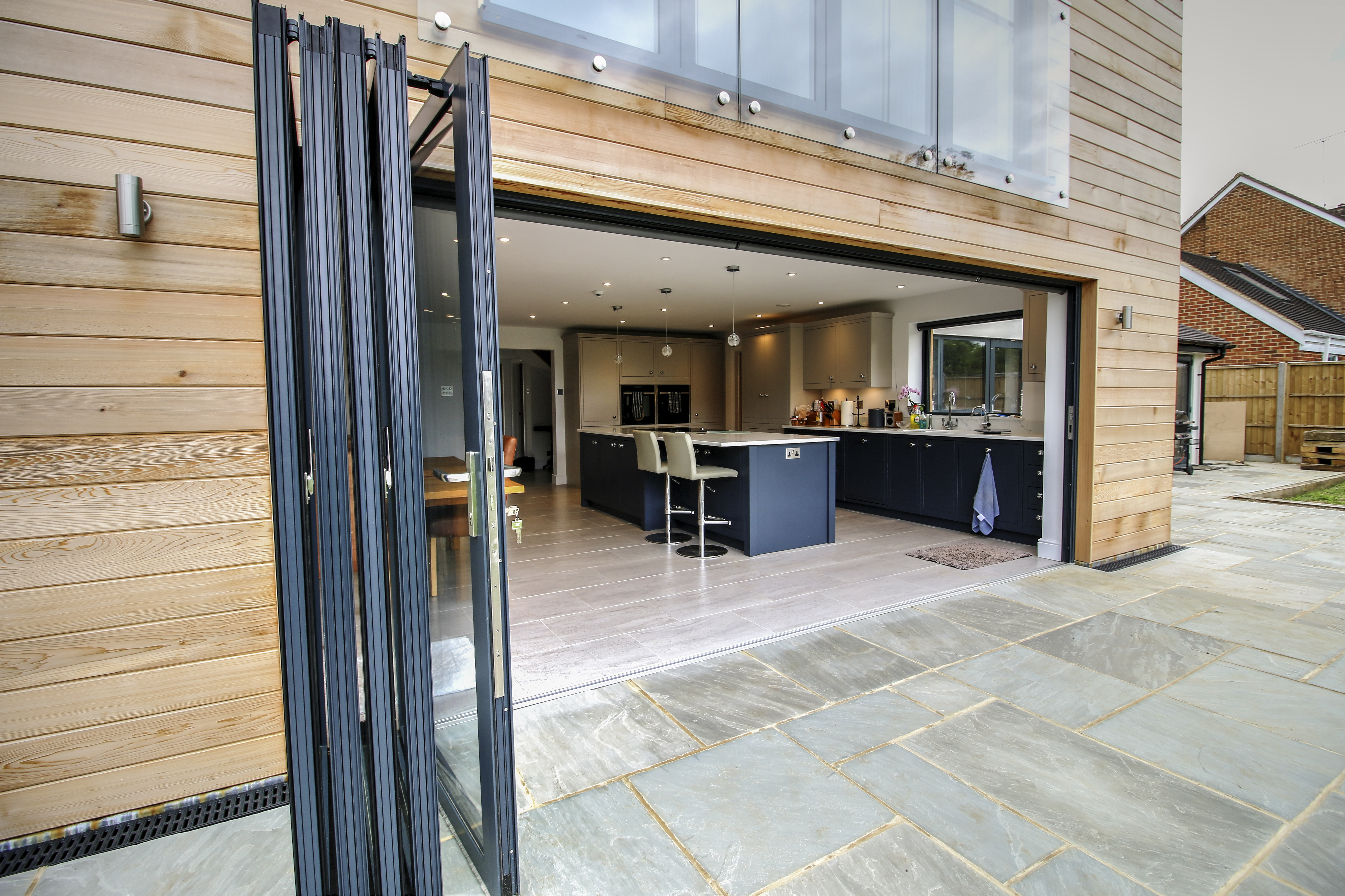How To Adjust Patio Doors: Tweak To Get The Perfect Fit
Need to know how to adjust patio doors? Our guide gives you the lowdown on how to realign your sliding, French and bi-fold doors so they shut properly

Knowing how to adjust patio doors means you can get them to fit just like when they were new. Whether you have sliding doors, French doors or bifold doors, over time they will slowly drop out of alignment and not fit as well as they used to.
All patio doors succumb to wear and tear and eventually they will be difficult to close, hard to drag along and start letting in unwanted draughts. But you don’t need to panic, as all patio doors can be tweaked, adjusted and realigned to bring them back into good working order.
Patio doors come in different shapes, sizes and styles. Here we take a look at how you can make quick adjustments to sliding, French, uPVC, timber and bifold doors.
How To Adjust Patio Doors: A Step-By-Step Guide to Adjusting Sliding Doors
Sliding doors run along a track and it is typically an issue with the track that will cause problems with the door opening smoothly. Here we look at how to get your sliding patio door back to its best.
1. Clean the track
The track at the bottom of a sliding door will accumulate debris such as dirt, leaves and pet hair over time. The first step is to remove all the debris from the track. The easy option is to use a stiff hand brush to remove the bulk of the debris followed by a vacuum.
For a more intense clean you can follow up the sweep and vacuum with a jet wash to get the track back to an almost like new state. Remember to put down waterproof sheets to keep your flooring as clean and dry as possible. Clean from the inside so the spray goes outside.
2. Lubricate the track
Once the track is dry it's time to add a lubricant to help with a smooth and easy sliding action. WD-40 Specialist Silicone is a good choice, but do check what the manufacturer recommends (to ensure you don't invalidate any warranty). It repels moisture and dirt to help for long lasting smooth running. Simply spray along the track and open and close the door to test. Add more if needed.
3. Adjust the rollers
If the sliding door is still stiff you will adjust to adjust the rollers. Typically a sliding door will have an adjustment screw near the bottom on the door edge. Give this a clockwise turn and see how that works. You may need to turn again. If this makes it worse, turn in the opposite direction. Keep tweaking until you get it right.
Bring your dream home to life with expert advice, how to guides and design inspiration. Sign up for our newsletter and get two free tickets to a Homebuilding & Renovating Show near you.

How To Adjust uPVC French Doors
1. Determine the problem
The most common issue is a dropped door. This is where the bottom of the door catches on the door frame and won’t shut properly. Which in turn means that the door won’t lock. Use a pencil to mark the top and bottom edges of both sides of the door.
2. Adjust dropped door
Open the door and on the inside of the hinge you will see two small grub screws. Undo these and close the door. Now the hinge cover will pop open. There will be a screw that runs through the middle of the hinge.
Get an Allen and and turn (count your whole turns) until the pencil line on the top edge disappears. Do half as many turns in the same direction on the middle hinge. Now try closing the door. Fine tune until you get the perfect fit.
3. Adjust side to side
To adjust the gap between the two doors so it is even, open the doors, undo the grub screws and close the door. Pop open the hinge cover on all hinges and adjust. If the gap at the top is larger, start at the top. If the gap at the bottom is larger, start at the bottom.
For different types of uPVC door hinges take a look at our how to adjust a uPVC door guide.

How To Adjust Timber French Doors
Timber French doors have different types of hinges to uPVC, but again will typically have three. These are often standard door hinges or adjustable hinges.
1. Tighten the screws
For French door hinges with no adjusting screws simply tighten the screws on each hinge. Start at the top and test. Then the middle and test and then the bottom and test to see that the door closes properly. Don’t overtighten. This should restore your door to its original position.
2. Use adjusting screws
If your French doors hinges have adjusting screws, get the tool you need – Allen or screwdriver – to make the adjustment. If your door is sticking at the bottom, adjust the bottom hinge. If sticking at the top, adjust the top and middle hinge. Use half turns and test, repeat until your door is in the right place.
How To Adjust Bifold Doors
Bifold doors come in a host of different variations and styles, but are typically made of several panels. Here we give a quick overview on how they can be adjusted.
1. Adjust the height
If one of the panels is dropping a little and causing issues when trying to close you need to adjust the top hinges. These typically have a screw that runs through the hinge which you adjust on the bottom with an Allen key. This will lift the door. Adjust any other top hinges to keep the doors in line.
2. Get a close side fit
If your bifold doors are not closing properly on the door jambs at either end of the door frame you will need to adjust what are known as pivot screws. These are located top and bottom of the door frame upright at both ends. Use a Phillips screwdriver to adjust the gap. Try the doors and see where the door is still hitting the jamb – top or bottom – and adjust accordingly.

Steve Jenkins is a freelance content creator with over two decades of experience working in digital and print and was previously the DIY content editor for Homebuilding & Renovating.
He is a keen DIYer with over 20 years of experience in transforming and renovating the many homes he has lived in. He specialises in painting and decorating, but has a wide range of skills gleaned from working in the building trade for around 10 years and spending time at night school learning how to plaster and plumb.
He has fitted kitchens, tiled bathrooms and kitchens, laid many floors, built partition walls, plastered walls, plumbed in bathrooms, worked on loft conversions and much more. And when he's not sure how to tackle a DIY project he has a wide network of friends – including plumbers, gas engineers, tilers, carpenters, painters and decorators, electricians and builders – in the trade to call upon.

